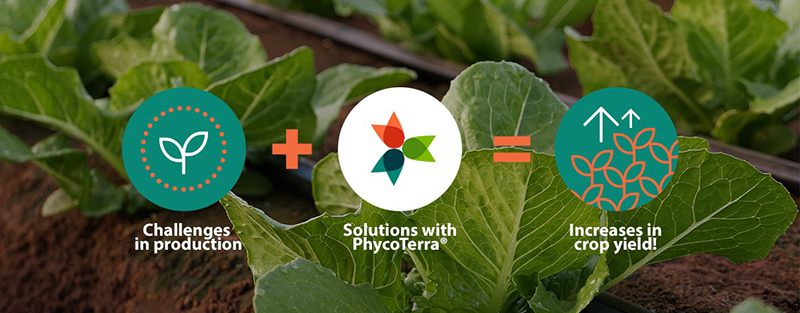Don’t Be Late to the Fight Against Early Blight of Celery

Early blight symptoms are presenting on these celery leaves. Early blight of celery is caused by the fungus, Cercospora apii. It occurs both in the transplant bed and in the field. C. apii is a seed-borne pathogen and also may survive on celery debris.
Photo by Brenda Kennedy
On leaf blades, early blight of celery produces light-brown spots that are somewhat circular or slightly angular and ¼ to ¾ inch across. Spots may be greasy in appearance with or without surrounding yellow halos. On the petiole, elongated brown-to-gray lesions are formed. Gray, fuzzy fungal growth may be observed in the centers of leaf and petiole lesions, but distinct structures (such as those found with celery late blight) are not formed by this pathogen.
Even though the fungus growth pattern is similar, do not confuse this disease with the early blight disease that occurs on tomato and potato, which is caused by an Alternaria species that does not infect celery.
Survival and Spread
The disease begins when spores (produced on seed, infected celery debris on the soil, or lesions on nearby celery plantings or volunteer) are blown by wind to susceptible celery leaves or petioles. Spores are produced predominately at night when temperatures range from 58°F to 86°F and relative humidity approaches 100% for at least 10 hours. Most spores are released for wind dispersal when the relative humidity decreases during mid- to late-morning hours.
Movement of equipment (tractors, harvesters) in the field also can cause the release of high numbers of spores, which can be blown to nearby celery fields. After landing upon susceptible host tissue when moisture is present, spores germinate, penetrate the tissue, and produce symptoms in three to 14 days. More spores are then produced on the new spots and the epidemic is in full swing.
Spores are spread via wind and splashing water. Celeriac and specialty celery like Chinese celery also are hosts of this pathogen.
Management Methods
Management of early blight involves an integrated pest management approach in which several techniques are combined for most efficient and economical control:
- Use Cercospora-indexed seed.
- Do not plant infected transplants. Disease-free transplants should be produced by using clean seed and a rigorous spray program. Use resistant varieties. Such varieties will reduce, but not eliminate, early blight.
- Spray with a recommended fungicide immediately after transplanting. Use recommended fungicides such as Tilt (propiconazole, Syngenta), Flint (trifloxystrobin, Bayer CropScience), Quadris (azoxystrobin, Syngenta), chlorothalinil, and copper. Cultural controls and some copper sprays are acceptable for use on organically grown produce.
- Celery plantings that are downwind, and within one half mile of a field being harvested, should be sprayed just prior to the harvesting operation.
Disease control is most efficient when used on a preventive basis. Symptoms of a disease indicate that infection occurred three to 14 days earlier. Most fungicides prevent infection but will not reduce symptoms.










